King Alfred’s Cakes
Although not edible, King Alfred’s Cakes make great firelighters, can be used as charcoal briquettes for campfire cooking, used to transport fire and as hand warmers on a cold day.
| Mushroom Type | |
| Common Names | King Alfred's Cakes (EN), Cramp Balls (EN), Pelen Ddu (CY), Szenes Gömbgomba (HU) |
| Scientific Name | Daldinia concentrica |
| Season Start | All Year |
| Season End | All Year |
| Average Mushroom height (CM) | |
| Average Cap width (CM) | 4-7 |
Fruiting Body
4-7cm. The fruiting body is usually spherical and starts brown, this then becomes black. The outer surface appears smooth until very close inspection reveals tiny pores.
Flesh
Tough and dry with concentric circles of grey/silver and black. These are like growth rings in a tree and show the annual growth of the mushroom.
Spore Print
Black. Ellipsoid to fusiform. King Alfred’s Cakes can release spores long after collecting and should be stored in a sealed container to avoid the mess in the image.
Frequency
Very common.
Other Facts
A very widespread and useful, if not edible, mushroom.
It can be used to catch a very weak spark when fire lighting with flint and steel or an ember when using a bow drill.
When lit, they can be used to transport fire as they will smoulder for quite a while, depending on size, and another one can be lit from the first one before it goes out.
They can be used as charcoal briquettes to cook food and produce minimal smoke so this mushroom is taught to the special forces.
On a cold day they make great little hand warmers, although care should always be taken as they burn quite hot.


 (7 votes, average: 4.57 out of 5)
(7 votes, average: 4.57 out of 5)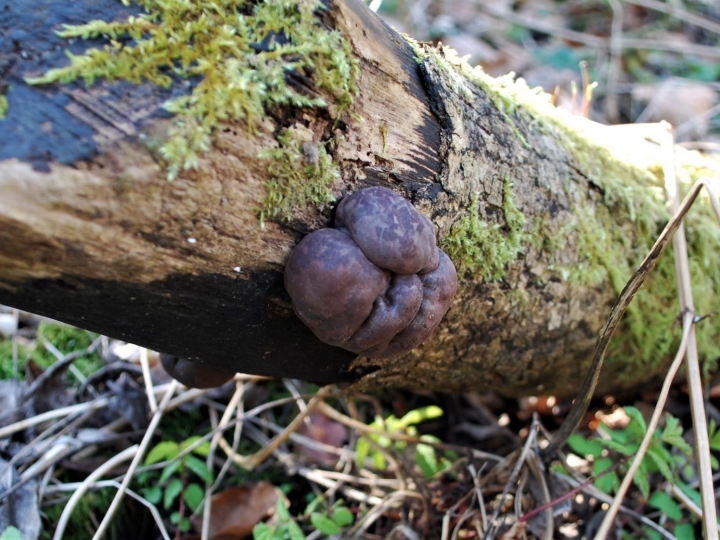















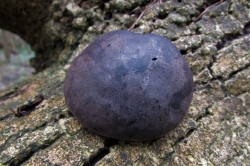
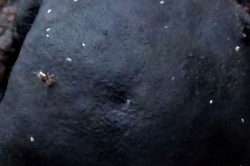
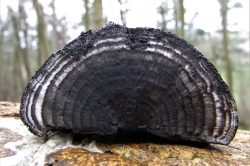
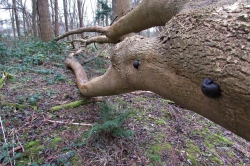
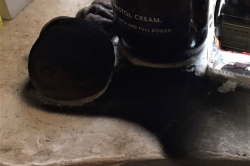




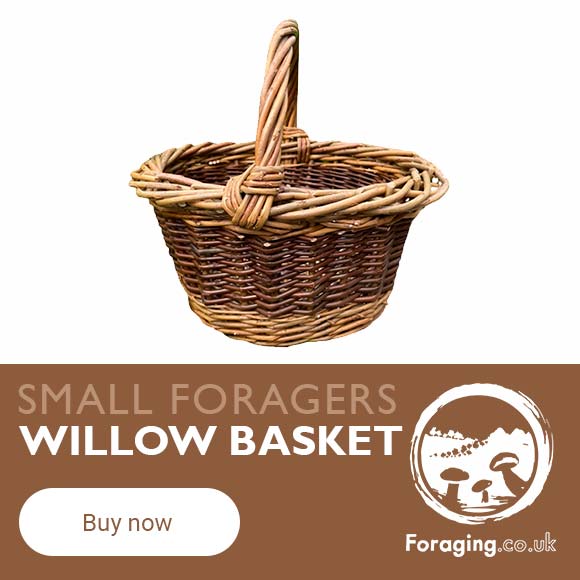

COMMENTS